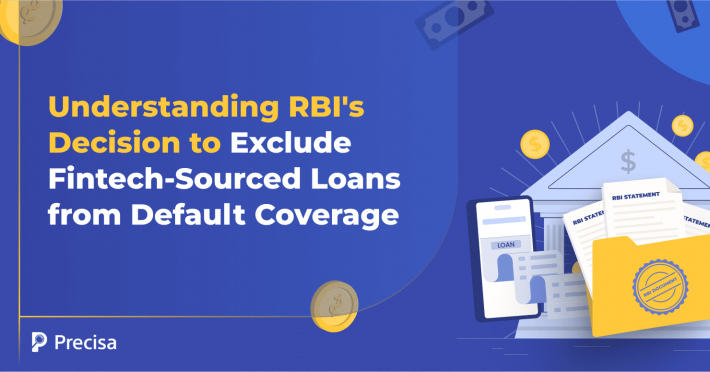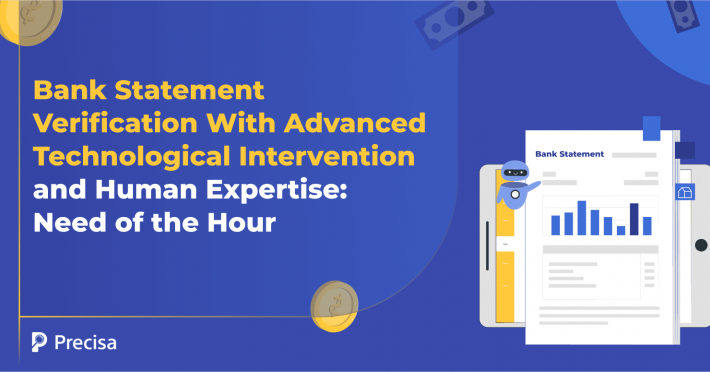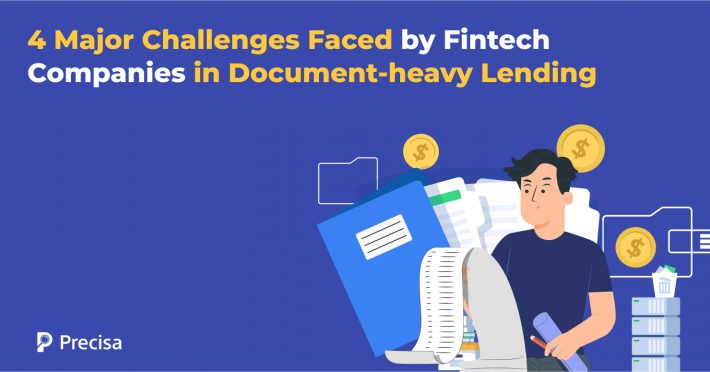Open Banking: Promoting Inclusive Lending While Navigating Data Risks
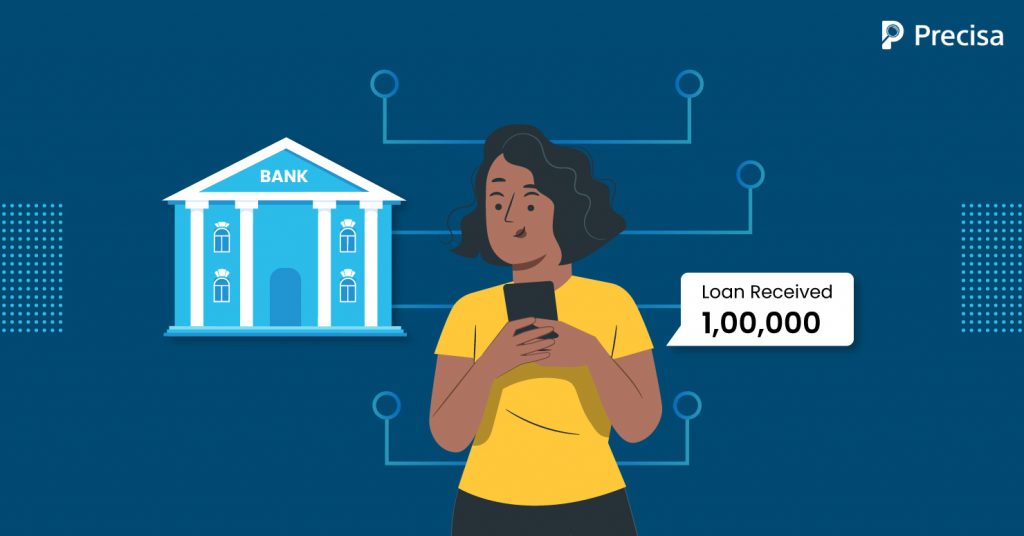
The global financial sector has been in continuous flux since the last decade. The industry is evolving and expanding through innovations. Disruptive technologies that emerged served to revamp the age-old banking business models while also changing public perceptions of how banking is conducted and the services are provided. Open banking is one such technology that facilitates the mass adoption of fintech systems by financial institutions(FIs) and customers.
In conventional banking, financial institutions are the custodians of their customer’s financial data. Open banking, on the other hand, renders the responsibility of the information and the onus of sharing it on the individual customer himself. This gives the customer the convenience of sharing his financial information with trusted parties to avail various financial and non-financial services.
The Indian Model of Open Banking
Payment Services Directive 2 (PSD2) and the UK’s Open Banking Standard laid the way for the industry’s standards. It is reasonable to say that open banking originated in Europe. There is no globally accepted standard procedure for adopting an open banking framework, and countries are developing different approaches driven by the market or the respective regulator.
India’s open banking strategy differs from that of other countries. Here, the framework’s implementation extensively uses public infrastructure and standards. Contrary to the PSD2, which focuses only on payments, open banking in India was adopted in two stages- one pertaining to payments and the other to the sharing of data. To facilitate this, India already had in place a four-layered digital infrastructure called the ‘India Stack’.
The India Stack Structure
The digital infrastructure referred to as India Stack consists of-
1. Digital identity verification centred around Aadhar
This facilitated authenticating an individual’s identity remotely, digitally signing documents or messages using a government-backed service, and using two-factor authentication or biometric data to validate digital documents.
2. Real-time mobile payment system
The Unified Payment Interface (UPI) provides an interoperable digital transaction facility among the guardians of money, payment networks, and front-end payment applications.
3. Model for data governance
This layer intends to revert the ownership and control of financial data to its rightful owners, i.e., the individual customers. This model is set down by a policy known as the Data Empowerment and Protection Architecture (DEPA).
4. The structural layer of intermediaries
The fourth layer consists of data fiduciaries who will act as facilitators between customers and FIs. This layer allows for the sharing and exchange of data stored by various financial institutions and service providers, as per the consent of the data owner or the customer.
Account aggregators (AAs) are Reserve Bank of India (RBI) regulated entities that retrieve and share financial information from a Financial Information Provider (FIP) like a bank and present it to a Financial Information User (FIU), which is generally a fintech firm.
The AAs are not permitted to store or use the shared information for any other purpose. The transfer and use of such information will be done by obtaining the customer’s explicit consent and is subject to executing appropriate agreements between the AAs, customers, and the FIPs.
Facilitating Inclusive Lending
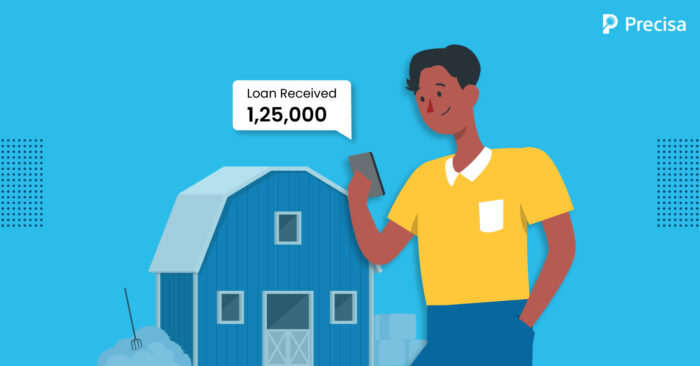
Open banking is swiftly emerging as a leading tool for financial inclusion. Since it centres around networks and data sharing, there is improved access to customer data which supports creating alternate banking solutions that are easier to access. Moreover, through transactional data made available by open banking, different financial institutions can clearly understand the overall financial footprint of underbanked individuals.
Open banking helps the credit unserved/ underserved by-
1. Leveraging technology to reach out to the unbanked
Open banking technologies can extend banking benefits to the most remote parts of the country, thanks to the proliferation of smartphones and the availability of high-speed data. For new-to-credit (NTC) applicants, who were not a part of the formal banking system, accessing credit will be a challenge due to the absence of quantifiable financial data and sufficient credit history. Open banking helps to circumvent this limitation using information like mobile and web data to build an unconventional financial portfolio for the borrower.
2. Offering responsible credit
Carefully designed open banking products can utilise alternative financial data derived from sources like mobile bill payments, rent payments, etc., to get a deeper insight into a customer’s financial background. Such information helps increase a borrower’s chances of getting the loan approved and accurately assess what he can afford.
3. Assisting Small and Medium Enterprises (SMEs)
Open banking provides SMEs with convenient and affordable microloans typically not offered by traditional banks. The platform provides the flexibility to customise credit solutions based on the needs of the SME borrower.
4. Encouraging Buy Now Pay Later (BNPL)– The BNPL model came into being with the advent of open banking. BNPL has improved credit availability to the common man, who is not eligible for credit cards, facilitating high conversion rates, and thereby helping small businesses.
5. Aiding contingent workers
Contractual employees, freelancers, and self-employed people are in the ‘unorganised workforce’ category, with practically no access to credit products. Open banking brings affordable credit products like nano loans to this group.
Reducing Data Risks in Open Banking
Open banking is not devoid of risks as it deals with banking customers’ sensitive financial and personal data. There are certain risks associated with data quality, security, and privacy. RBI has outlined the importance of strong IT governance and controls, consumer protection and complaint resolution mechanisms, and confidentiality and security of data. The Reserve Bank Information Technology Private Ltd. (ReBIT) has established a set of technical standards for seamless data flow in a consent-based ecosystem.
But customer consent covers only the sharing of information. To defend the data against unauthorised access, alteration, destruction, and disclosure, open banking systems are designed with safeguards such as disaster risk management, information system audits, and proper firewalls.
Going Forward
Open banking offers multiple benefits to both lenders and borrowers. It streamlines and simplifies the loan origination process, customises credit checks on borrowers, accurately predicts risks, and creates a convenient and seamless onboarding and credit experience for the users.
Open banking enables faster and more efficient credit appraisal processes by accessing real-time transaction data. Precisa’s Account Aggregator Integration is one such tool that helps you to access real-time financial data. If you are interested to know more about our Account Aggregator Integration program, we are happy to assist.
Contact us today for a free demo

